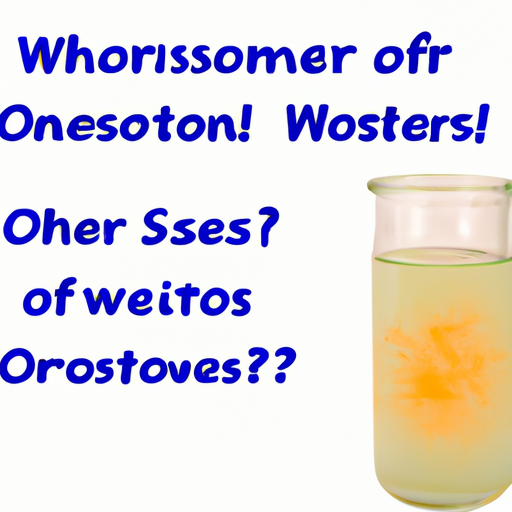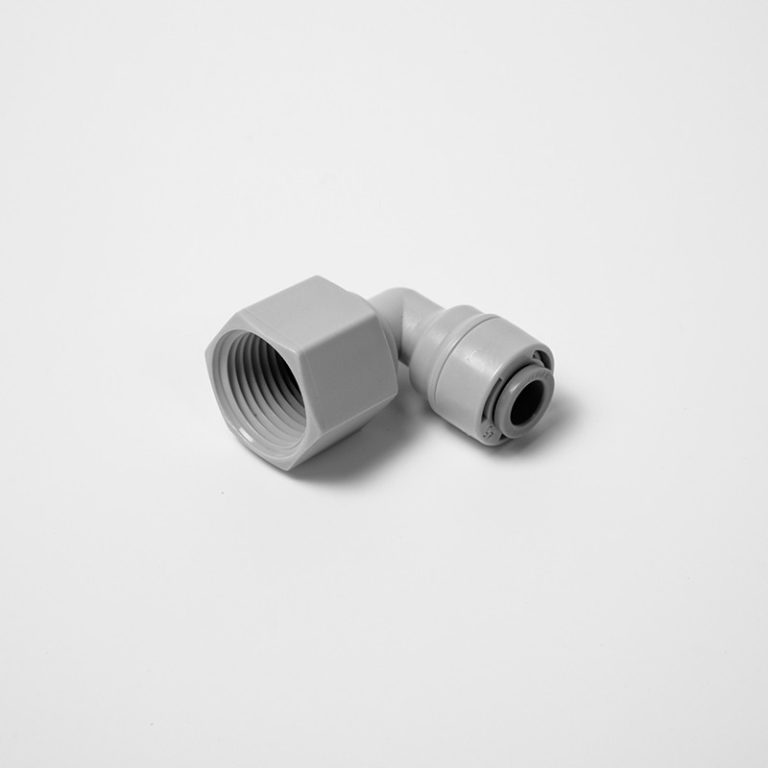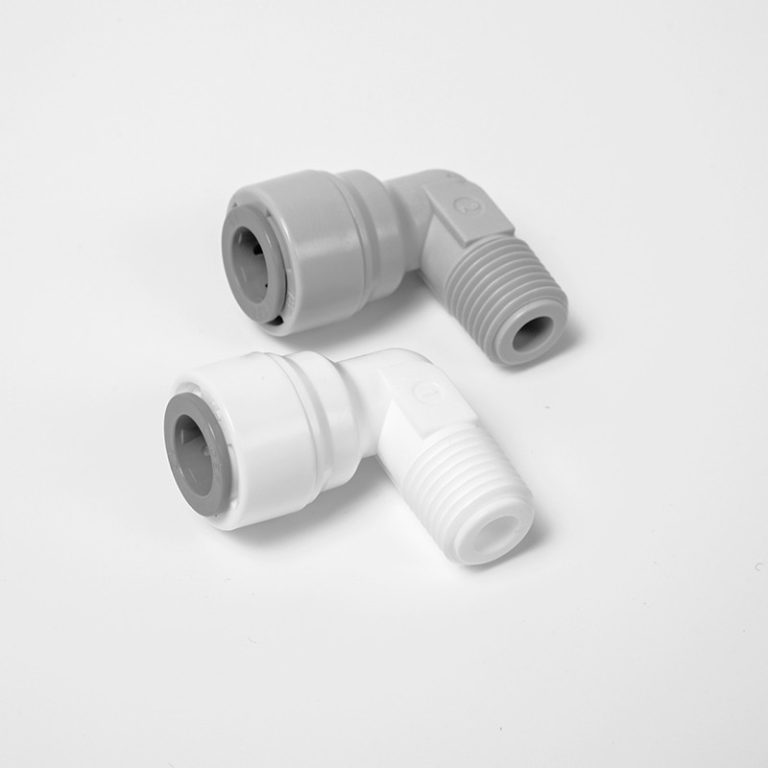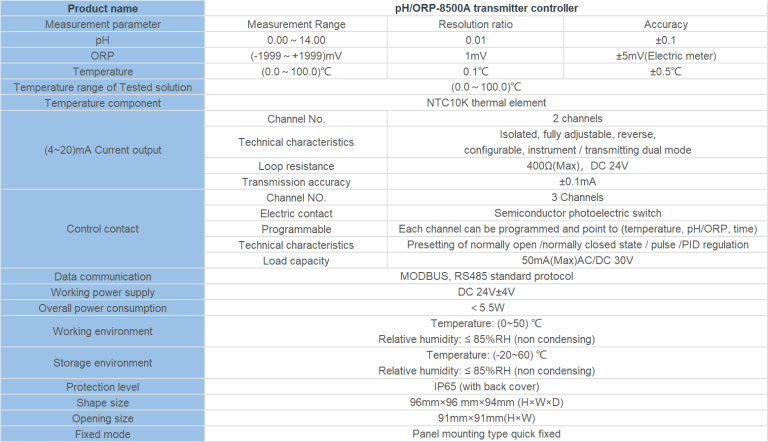Reverse osmosis: Discovered by Sidney Loeb and Srinivasa Sourirajan.
The History of Reverse Osmosis and its Discovery

Reverse osmosis is a widely used water purification process that has revolutionized the way we obtain clean drinking water. But have you ever wondered who discovered this remarkable technique? In this article, we will delve into the history of reverse osmosis and shed light on the individuals who played a crucial role in its discovery.
The concept of osmosis, the natural movement of solvent molecules through a semipermeable membrane, was first observed by a French physician and chemist named Jean-Antoine Nollet in 1748. However, it wasn’t until the mid-20th century that reverse osmosis, the opposite process of osmosis, was discovered.
The story of reverse osmosis begins with a brilliant scientist named Sidney Loeb. In the late 1950s, Loeb was working at the University of California, Los Angeles (UCLA) as a professor of chemical engineering. He became fascinated with the idea of using semipermeable membranes to separate salt from water, a process that could potentially provide a solution to the world’s growing water scarcity problem.
Loeb’s groundbreaking research led to the development of the first practical reverse osmosis membrane in 1959. He and his colleague, Srinivasa Sourirajan, successfully created a synthetic membrane that could effectively desalinate seawater. This marked a significant milestone in the history of reverse osmosis and opened up new possibilities for water purification.
However, it is important to note that Loeb and Sourirajan were not the only ones working on reverse osmosis during this time. Another scientist, Reidar Nygaard, a Norwegian chemist, was also conducting research in the field. In 1958, Nygaard published a paper describing the use of reverse osmosis for desalination purposes. Although his work was not as widely recognized as Loeb’s, Nygaard’s contributions to the development of reverse osmosis should not be overlooked.

Following the breakthroughs made by Loeb, Sourirajan, and Nygaard, reverse osmosis technology began to gain traction. It was initially used primarily for desalination purposes, providing a means to convert seawater into freshwater. However, as the technology advanced, its applications expanded to include various industries such as pharmaceuticals, food and beverage, and wastewater treatment.
Over the years, reverse osmosis has become increasingly efficient and cost-effective. The membranes used in the process have undergone significant improvements, allowing for higher water recovery rates and better removal of contaminants. Today, reverse osmosis is widely recognized as one of the most effective methods of water purification, capable of removing up to 99% of dissolved salts, bacteria, and other impurities.
In conclusion, the discovery of reverse osmosis can be attributed to the pioneering work of Sidney Loeb, Srinivasa Sourirajan, and Reidar Nygaard. Their research and innovations in the field of semipermeable membranes paved the way for the development of this remarkable water purification technique. Thanks to their contributions, reverse osmosis has become an indispensable tool in ensuring access to clean and safe drinking water for millions of people worldwide.
| Controller type | ROC-7000 Single-stage/Double-stage Reverse osmosis control integrated system | |||||
| Cell constant | 0.1cm-1 | 1.0 cm-1 | 10.0cm-1 | |||
| Conductivity measurement parameters | Raw water conductivity | (0~2000) | (0~20000) | |||
| Primary conductivity | (0~200) | (0~2000) | ||||
| Secondary conductivity | (0~200) | (0~2000) | ||||
| Temperature compensation | Automatic compensation on the basis of 25 ℃ ,compensation range(0~50)℃ | |||||
| Accuracy | Matched precision:1.5 level | |||||
| Flow measurement range | Instantaneous flow | (0~999)m3/h | ||||
| Accumulative flow | (0~9999999)m3 | |||||
| pH | Measurement range | 2-12 | ||||
| measurement parameters | Accuracy | ±0.1pH | ||||
| Temperature compensation | Automatic compensation on the basis of 25 ℃ ,compensation range(0~50)℃ | |||||
| DI acquisition | Input signal | Low pressure switch of Tap water,high level of pure water tank, low level of pure water tank, low pressure switch before the pump, high pressure switch after the primary booster pump,high level of secondary pure water tank, low level of secondary pure water tank,high pressure switch after the secondary booster pump | ||||
| Signal Type | Passive switch contact | |||||
| DO Control | Control output | Inlet valve, primary flush valve, primary drain valve, antiscalant pump, raw water pump, primary booster pump, secondary booster pump, secondary flush valve, secondary drain valve, pH adjustment metering pump. | ||||
| Electrical contact | Relay(ON/OFF) | |||||
| Load capacity | 3A(AC 250V)~ 3A(DC 30V) | |||||
| Display screen | Screen color:TFT;resolution:800×480 | |||||
| Working power | Working power | DC 24V±4V | ||||
| Power consumption | ≤6.0W | |||||
| Working environment | Temperature:(0~50)℃;Relative humidity:≤85%RH(non condensation) | |||||
| Storage environment | Temperature:(-20~60)℃;Relative humidity:≤85%RH(non condensation) | |||||
| Installation | Panel mounted | Hole(Length×Width,192mm×137mm) | ||||







